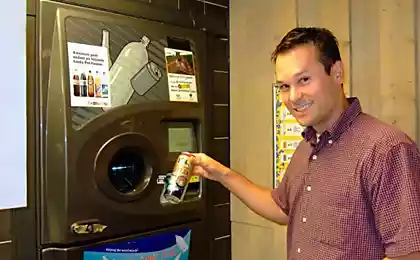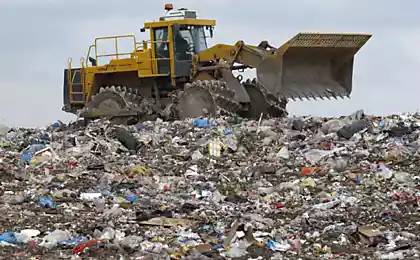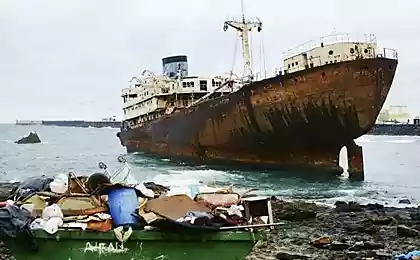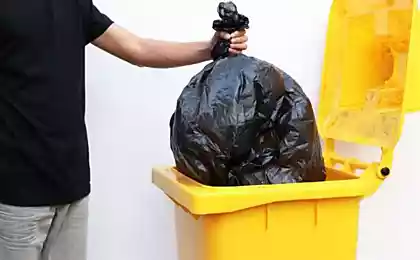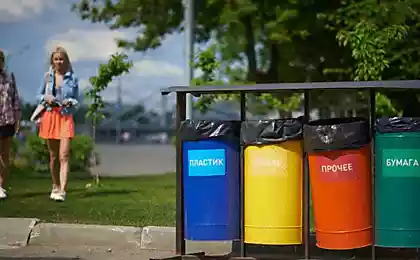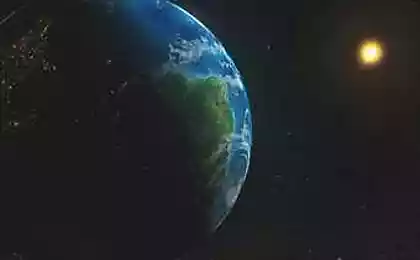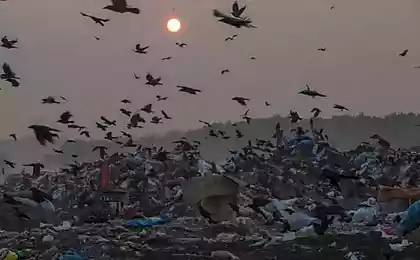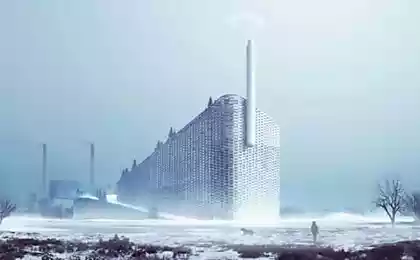503
Sweden now recycles 99 percent of waste
Sweden now recycles or reuses 99 percent of its waste, improving the previous impressive performance in 2012 - 96 percent.
The country uses a hierarchical waste management system that focuses in descending order on prevention, reuse, recycling, recycling alternatives, and as a last resort, disposal at the landfill. While only one percent of the annual 461 kilograms of waste that each Swede produces, the end stage of the landfill, this "stage" of the alternative processing is still a matter of controversy, as it involves the burning of about two million tons of garbage per year under the program of Waste-to-energy (WTE).

While Sweden pays much attention not to produce waste in the first place, the country's 32 WTE stations burn almost as much trash as the country recycles. However, about 800 thousand tons of garbage are imported from the UK, Italy, Norway and Ireland because the Swedes are such efficient reducers, re-use and recycling. The WTE system works on the principle that three tons of burnt trash contains as much energy as one ton of fuel oil. 950000 Swedish households are heated by the energy produced by the system, and 260,000 households receive food from her.
Despite criticism burning program, supporters defend her. Anna-Karin Grippol (Anna-Carin Gripwall) of Swedish waste management explains, "When waste is in landfills, leaking methane gas and other greenhouse gases, is clearly not good for the environment. Energy from waste is a sensible alternative, with less impact on the environment, taking into account the by-products of incineration and emissions from transport. Plus, getting energy from waste uses a resource that would otherwise be wasted".
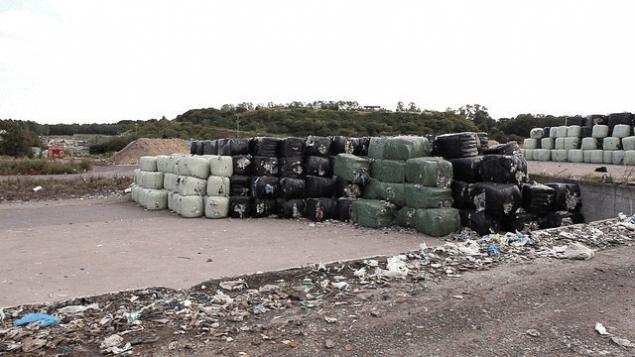
The Swedes note that such a program is feasible only in a country with a good waste separation system, which will ensure that recyclable materials, foodstuffs, and hazardous waste such as batteries, light bulbs and electrical waste will not be burned. It is also clear, firstly, that the best long-term solution for waste utilization produces less waste. Since Skoglund Goran (Göran Skoglund) from WTE company Öresundskraft States: "In the world there is a problem with garbage, there is no doubt that the incineration of waste and recovery of energy from waste is a good solution." According to the EPA, in 2012 the United States was released from 34.5% of their waste.
Source: eco-portal.kz
The country uses a hierarchical waste management system that focuses in descending order on prevention, reuse, recycling, recycling alternatives, and as a last resort, disposal at the landfill. While only one percent of the annual 461 kilograms of waste that each Swede produces, the end stage of the landfill, this "stage" of the alternative processing is still a matter of controversy, as it involves the burning of about two million tons of garbage per year under the program of Waste-to-energy (WTE).

While Sweden pays much attention not to produce waste in the first place, the country's 32 WTE stations burn almost as much trash as the country recycles. However, about 800 thousand tons of garbage are imported from the UK, Italy, Norway and Ireland because the Swedes are such efficient reducers, re-use and recycling. The WTE system works on the principle that three tons of burnt trash contains as much energy as one ton of fuel oil. 950000 Swedish households are heated by the energy produced by the system, and 260,000 households receive food from her.
Despite criticism burning program, supporters defend her. Anna-Karin Grippol (Anna-Carin Gripwall) of Swedish waste management explains, "When waste is in landfills, leaking methane gas and other greenhouse gases, is clearly not good for the environment. Energy from waste is a sensible alternative, with less impact on the environment, taking into account the by-products of incineration and emissions from transport. Plus, getting energy from waste uses a resource that would otherwise be wasted".

The Swedes note that such a program is feasible only in a country with a good waste separation system, which will ensure that recyclable materials, foodstuffs, and hazardous waste such as batteries, light bulbs and electrical waste will not be burned. It is also clear, firstly, that the best long-term solution for waste utilization produces less waste. Since Skoglund Goran (Göran Skoglund) from WTE company Öresundskraft States: "In the world there is a problem with garbage, there is no doubt that the incineration of waste and recovery of energy from waste is a good solution." According to the EPA, in 2012 the United States was released from 34.5% of their waste.
Source: eco-portal.kz
A few words about the overly strict rules of garden-Ogorodny science
Indispensable multi-functional plate for your kitchen

